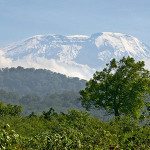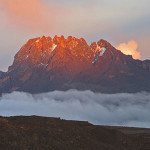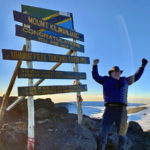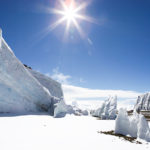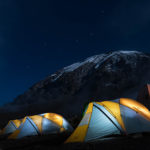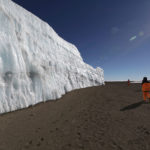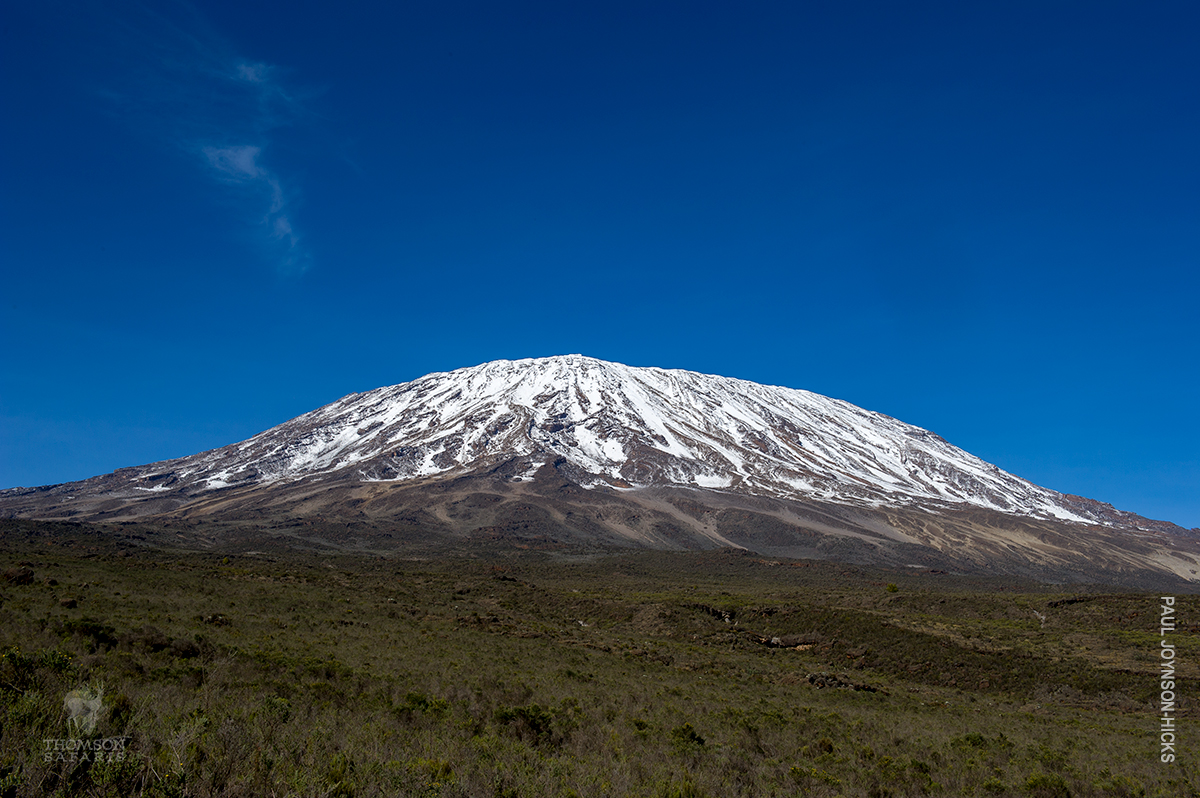
Did you know Kilimanjaro is made up of three different volcanoes? Or that it’s the tallest freestanding mountain on Earth? You might dream of the summit, but don’t be surprised if the Barranco Wall becomes your favorite part of the mountain.
Kilimanjaro is full of surprises large and small – multiple peaks that will be your backdrop, glaciers and cliffs that will leave you speechless, climate zones that make your trek an ever-changing journey.
Let’s brush up on your Kilimanjaro vocabulary.
Kilimanjaro
Kilimanjaro is the name of the mountain in its entirety, including its three different volcanic peaks and every cliff and crater from the summit at 19,341 feet to the rainforest at its foot. It is the tallest mountain on Earth that is not connected to a mountain range.
Peaks and Volcanic Cones

You’ll see each of Kilimanjaro’s three volcanic peaks during your climb.
1. Kibo
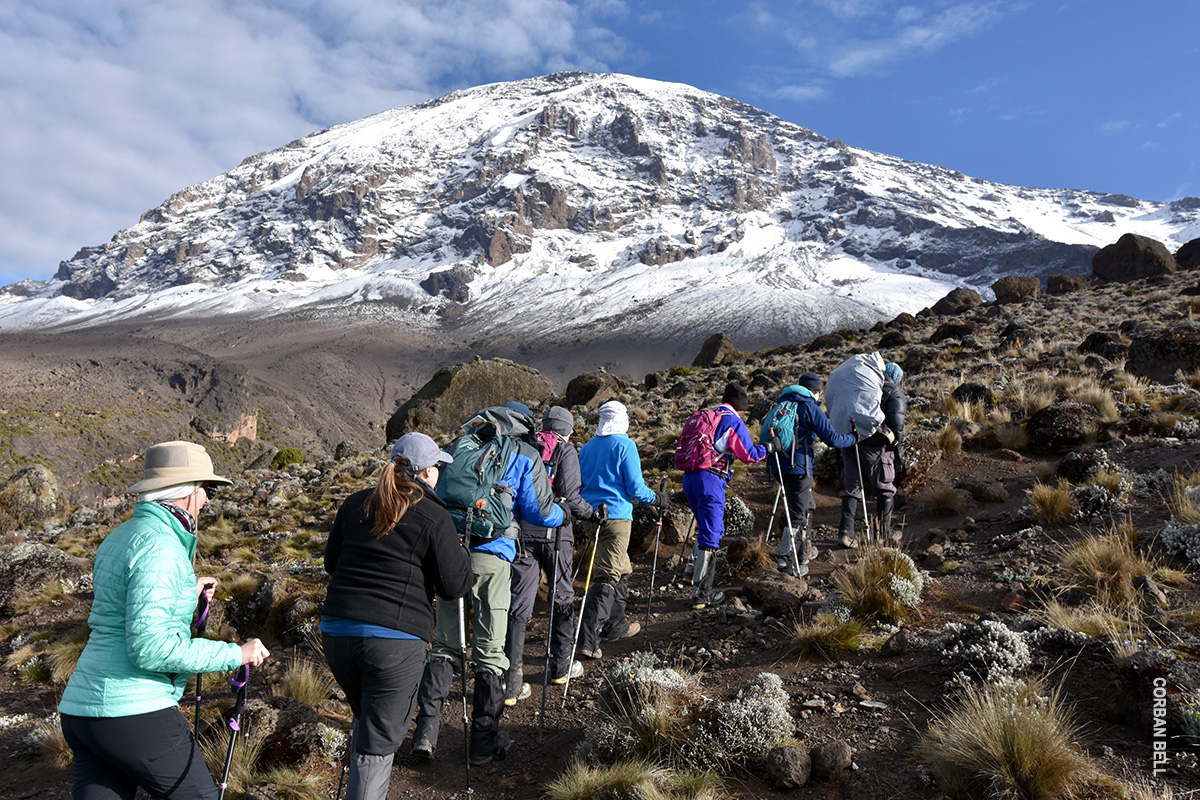
Kibo is the tallest of the volcanoes. It rises above two other peaks: Shira to the west and Mawenzi to the southeast. Kibo is dormant, while Shira and Mawenzi are extinct. Scientists expect no volcanic activity anywhere on Kilimanjaro in the foreseeable future.
2. Mawenzi
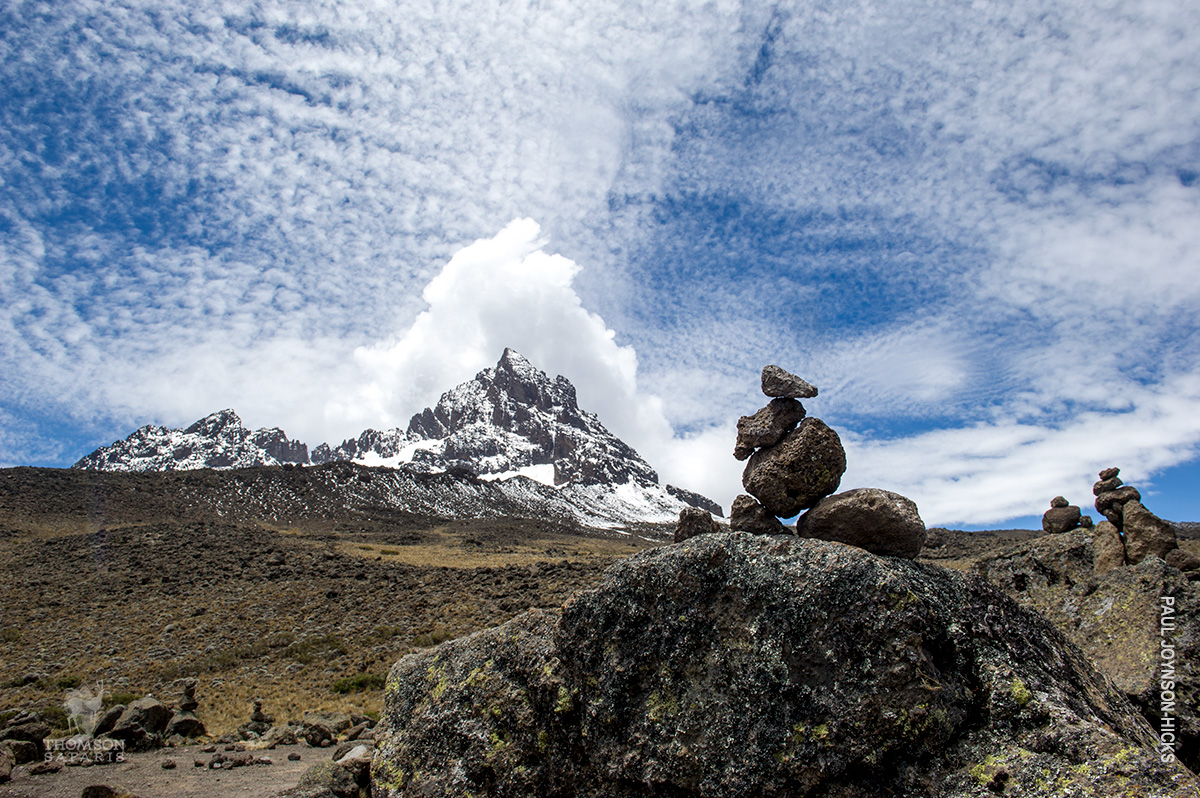
Mawenzi is the second-highest peak on Kilimanjaro, standing at 16,890 feet. Trekkers get a great view of Mawenzi toward the end of the journey because the most popular summit routes snake up the eastern side of the mountain.
Did You Know?
Our Grand Traverse trek is one of the few on the mountain that camps under the spires of Mawenzi and crosses the Saddle between Mawenzi and Kibo to reach Uhuru Peak. This gives trekkers more time to sleep and the rare opportunity to summit later in the day when few trekkers are on the summit.
3. Shira
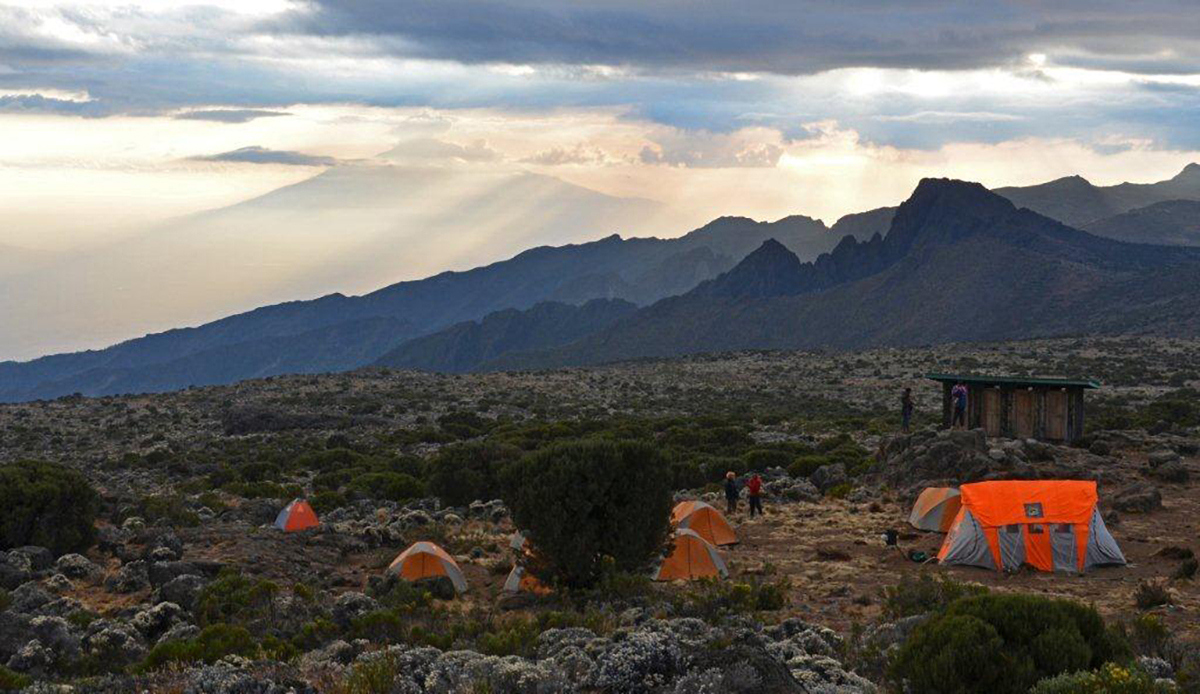
Shira is the shortest “peak” at roughly 13,000 feet in elevation. It was once higher but collapsed to its current height thousands of years ago, creating the bowl-shaped Shira Plateau. Each of our preferred routes, except the Umbwe Route, trek the Shira Plateau within the first 3 days of the climb.
Cliffs, Craters, Glaciers and Formations
Lava Tower
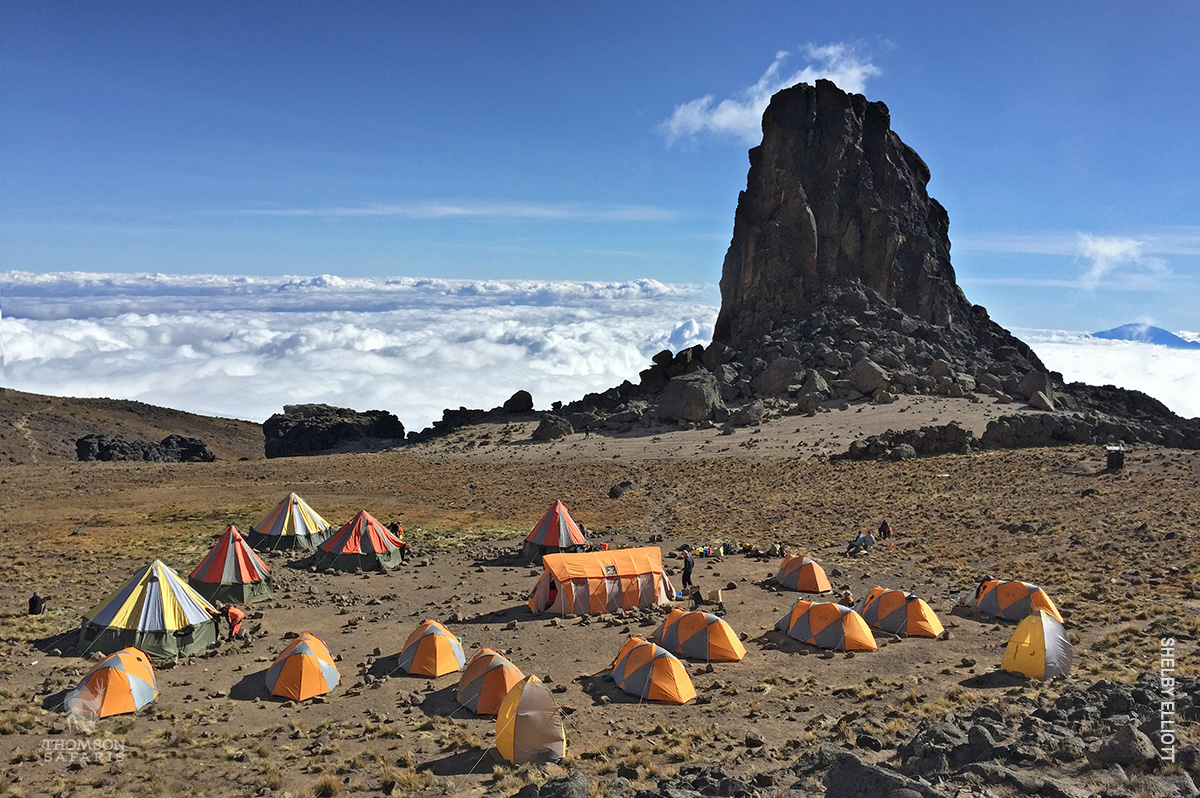 At roughly 15,200 feet in elevation on the western side of mountain, the 300-foot Lava Tower looms. The rock formation was created by a volcanic vent long ago. Trekkers with technical mountaineering skills and equipment used to climb Lava Tower, but park officials have since banned the practice. Now, it’s simply a favorite sight for trekkers on the mountain.
At roughly 15,200 feet in elevation on the western side of mountain, the 300-foot Lava Tower looms. The rock formation was created by a volcanic vent long ago. Trekkers with technical mountaineering skills and equipment used to climb Lava Tower, but park officials have since banned the practice. Now, it’s simply a favorite sight for trekkers on the mountain.
The Barranco Wall
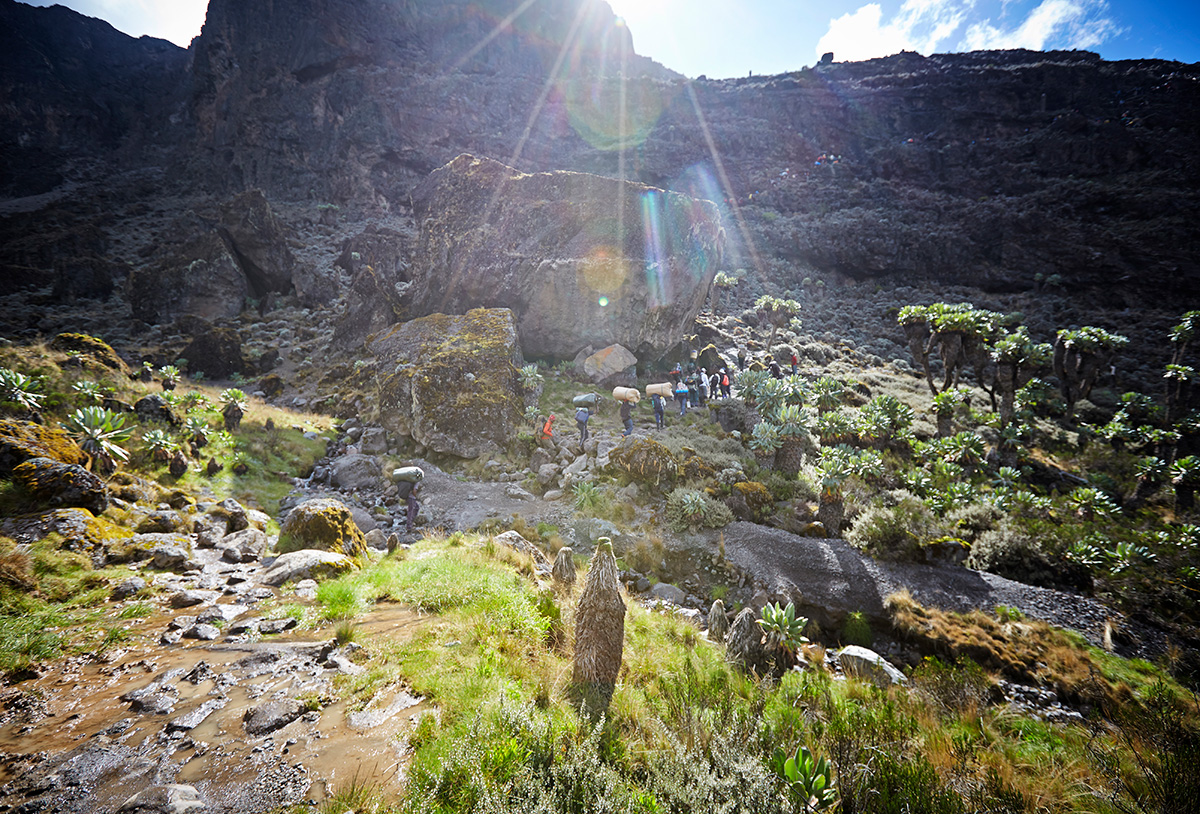
Trekkers still climb this 800-foot cliff that rises over the Barranco Valley to the southwest of Uhuru Peak. The Barranco Wall is simultaneously one of the most difficult and one of our guests’ favorite portions of the climb. Machame, Umbwe and Western Approach trekkers use their hands and legs to “scramble” up the rocky slopes – no technical equipment or expertise required.
Rebmann Glacier
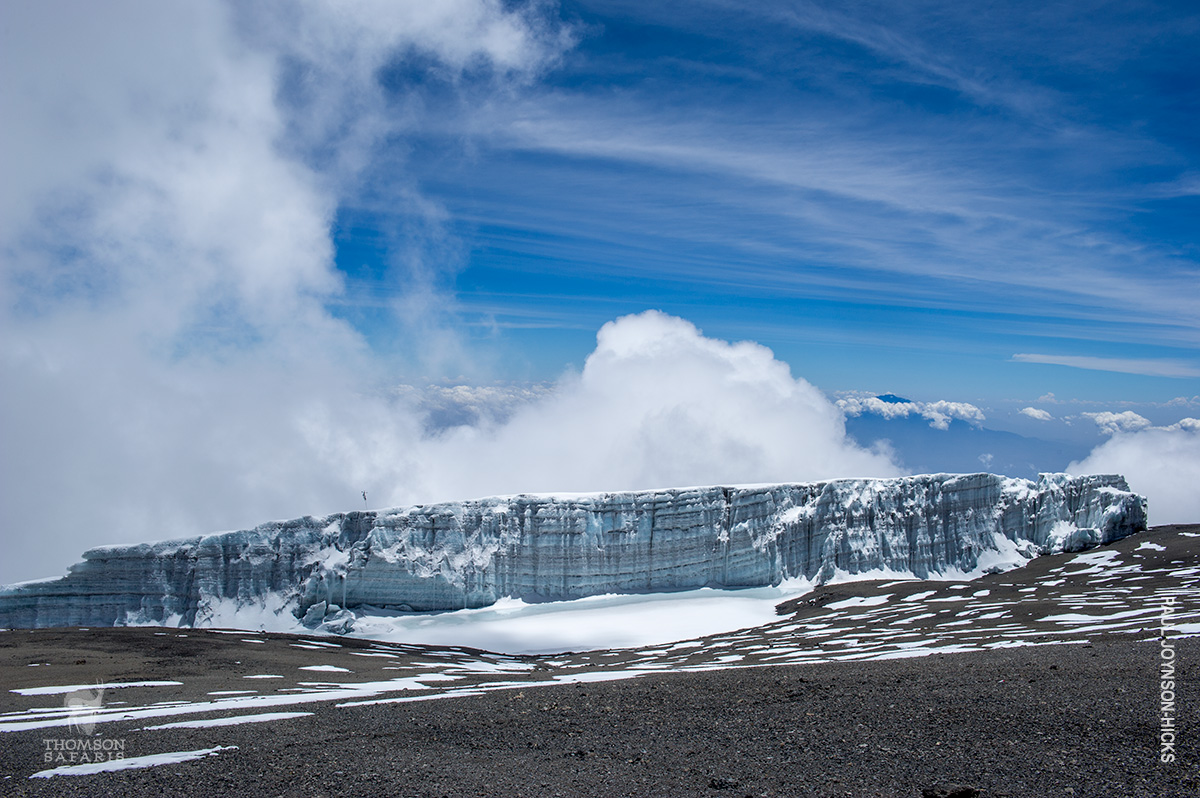
You may see a few different glaciers while you trek around the rim of Kibo. The first will likely be the Rebmann Glacier, which is part of the Southern Icefield. Keep an eye out when you pass Stella Point on your way to Uhuru Peak. If you’re lucky, you’ll see this wall of ice standing in the distance down the mountain opposite the crater. You likely won’t get that close to it, though.
Furtwängler Glacier
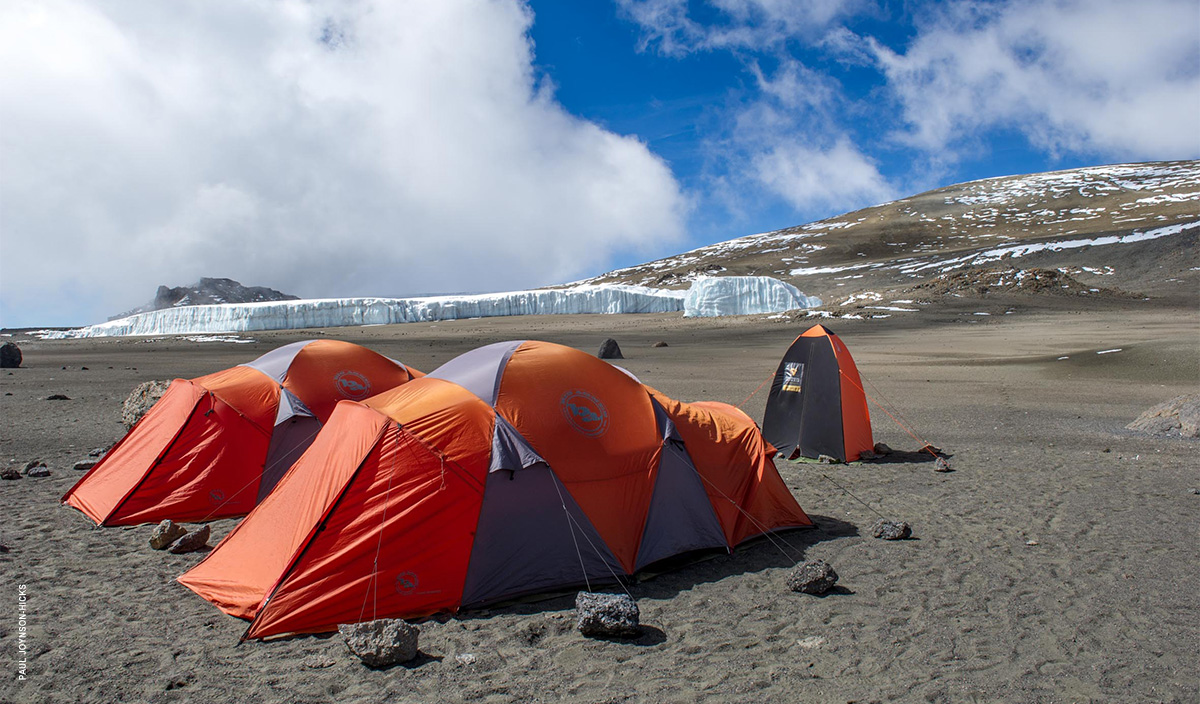
If you have your heart set on a close encounter with one of the few glaciers in Africa, Furtwängler is your best bet. This wall of ice is a short distance from Crater Camp inside the caldera on top of Kibo.
There are other glaciers on top of Kilimanjaro that few trekkers travel to. Regardless, if the weather is clear on Uhuru Peak, take a gander past Furtwängler for a view of the Northern Ice Fields.
Points
On your certificate for climbing Kilimanjaro, you’ll notice three different elevation points, which mark notable areas on the mountain.
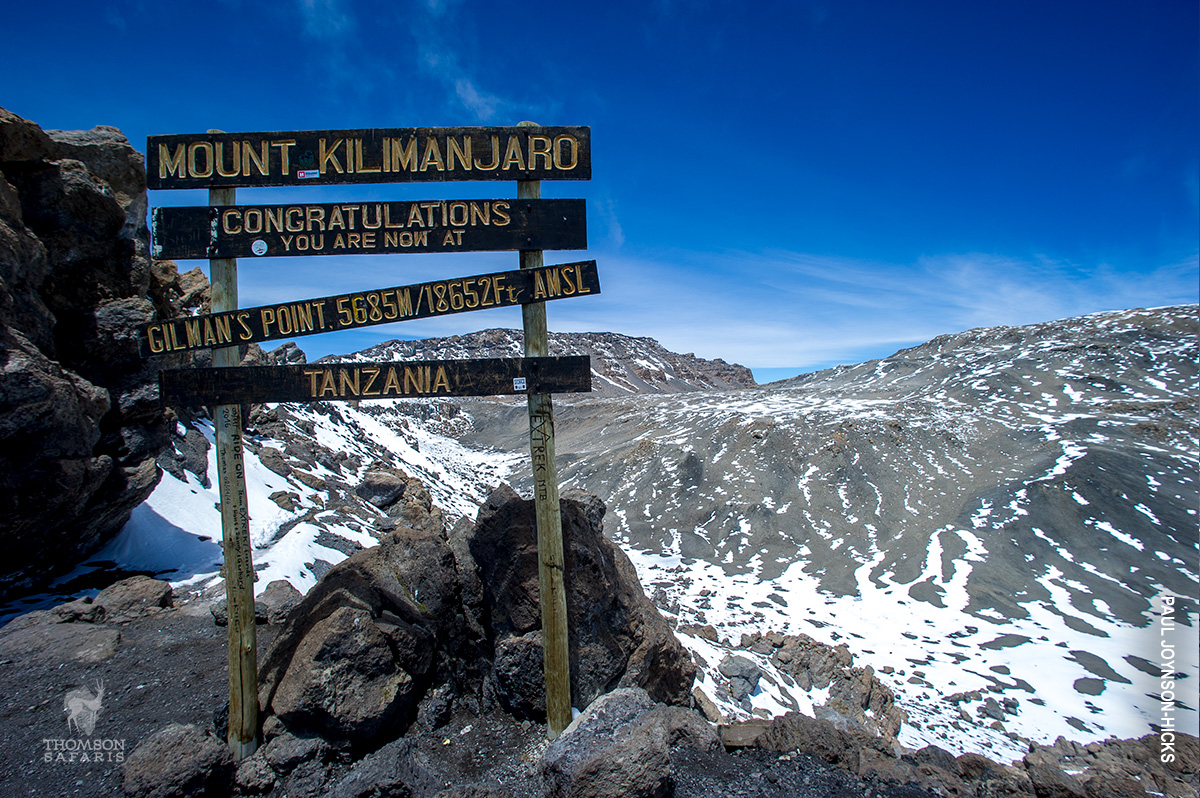
Gilman’s Point marks where the Rongai, Marangu and Grand Traverse trails reach the eastern side of Kibo’s rim at roughly 18,650 feet.
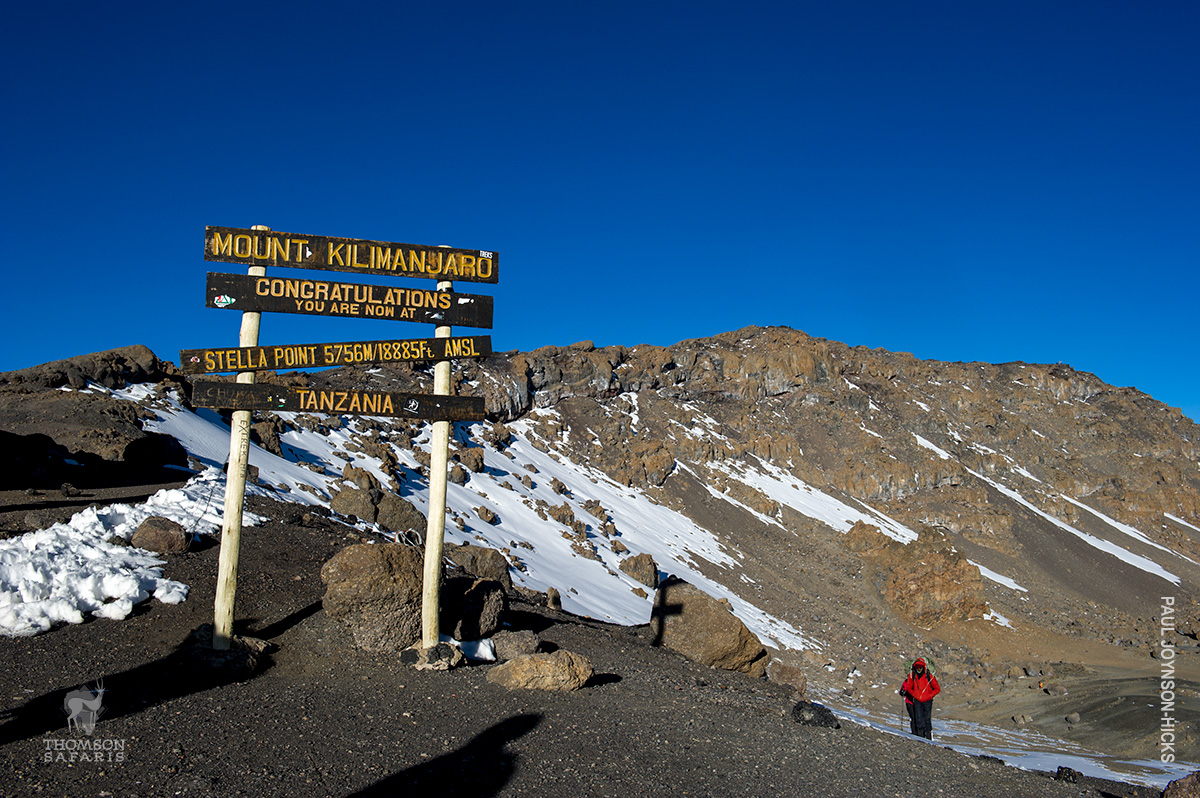
Stella Point marks where the Umbwe, Machame and Western Approach routes reach the rim of Kibo at about 18,885 feet. Stella Point is closer to the summit than Gilman’s Point. Trekkers reaching Kibo’s rim from Gilman’s Point will trek to Stella Point on the way to Uhuru Peak.
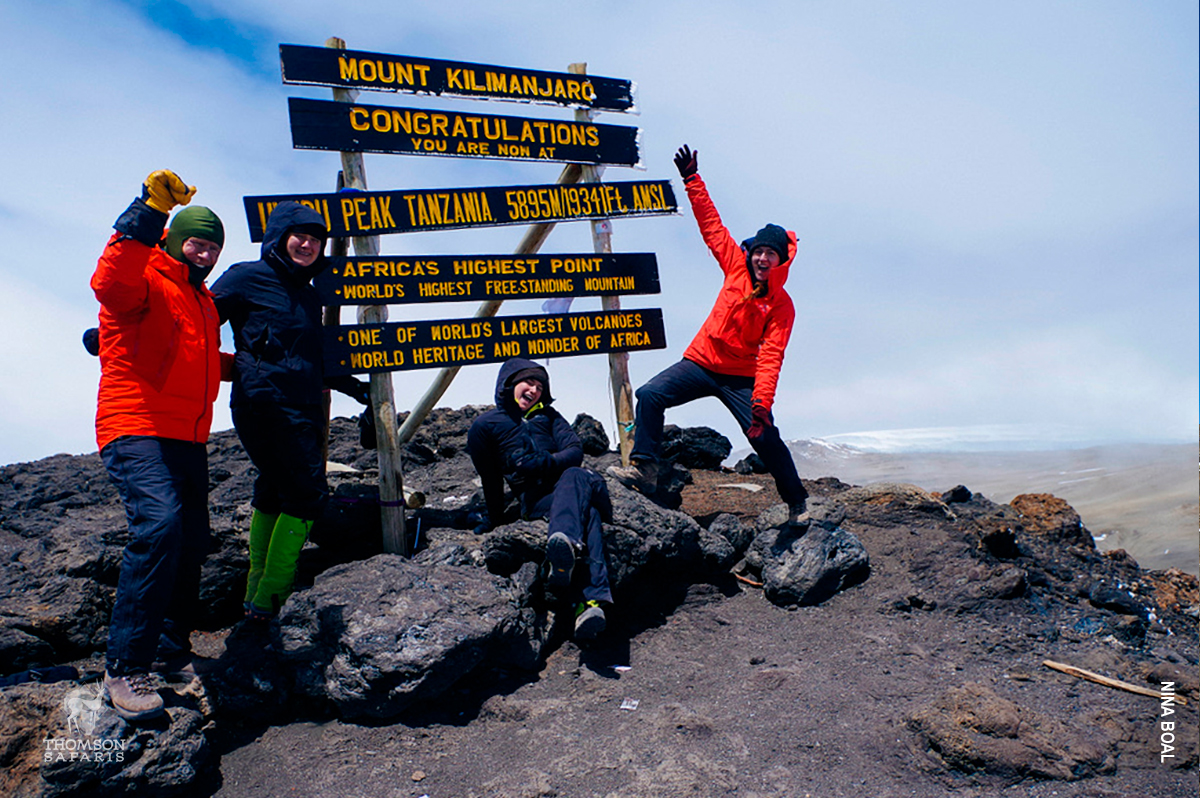
Uhuru Peak is the end of your journey – the summit of Kilimanjaro and the “Roof of Africa” where the iconic summit sign is. It is the highest point on Kibo’s rim.

